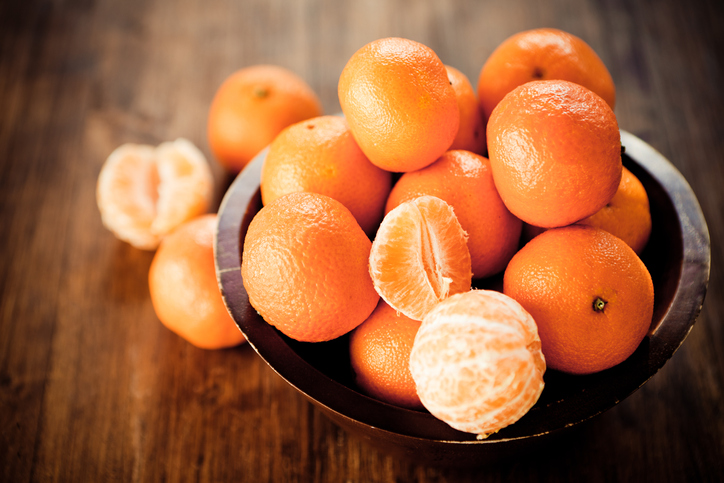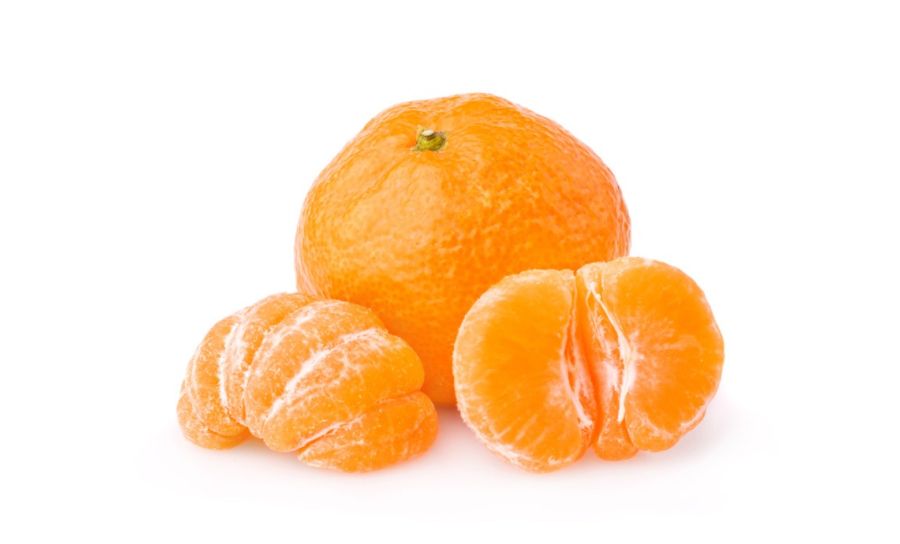Everything You Need To Know About Clementines // Facts About Clementines

Ah, Clementines, a beautiful summer fruit to enjoy. And no no, they’re not “basically oranges”... well, they kind of are but there’s a lot more to it than just that!
Clementines are a citrus fruit hybrid between a Willowleaf Mandarin Orange and a sweet orange. Its scientific name is Citrus x Clementina. The clementine has a deep orange, glossy peel, which once removed, reveals usually up to 14 segments of the lighter-orange fruit. They are of medium size, and are round and somewhat plump, fitting in the palm of your hand; much like other oranges and tangerines.
There are three main types of Clementine:
- Seedless which, as the name suggests, have no seeds.
- Regular which have up to ten seeds
- And Monreal, which has more than 10 seeds.
Clementines are very juicy and very sweet too. If one were to compare them to oranges, they would notice that the Clementine is not as acidic as an orange. The juice, as with many fruits, just makes the fruit that refreshing feeling. Although clementines are year-round, they usually are in-season from October through to January.
The fruit came about spontaneously around the late 19th century in Algeria during the French Colonial period, namely in Misserghin, located in North Algeria. It was grown in the Garden of the Orphanage of the French Missionary brother Clément Rodier, and of course, after the man the fruit was named, Clementine, in 1902.
Some sources may suggest that the fruit comes from China, specifically in the Guangxi and Guangdong regions, but these are most probably distinct mandarin hybrids. If one were to analyse the “genes” of the fruit, one can see how there is a cross of the Mediterranean Willowleaf Mandarin. This analysis supports the idea that Clementine is of Algerian origin.
The Clementine has all kinds of benefits, especially since it has a tiny calorie count (roughly 35 calories!)
Clementines contain a high level of antioxidants, a High level of Vitamin C, and high amounts of Fiber. They also have a fair amount of Vitamin B6, Calcium and Magnesium
Oxidative stress has a lot of scientific links to several chronic diseases and premature ageing. Antioxidants help fight this process.
Vitamin C helps protect cells and makes sure they stay healthy. It also helps maintain healthy skin, blood vessels, bones and cartilage, not to mention its assistance with wound healing.
Interestingly, Clementines have a good amount of Fibre in them, especially since they have a low-calorie count. Solid studies suggest that having plenty of fibre lowers the risks of heart disease, stroke, type 2 diabetes and bowel cancer. Furthermore, it helps with digestion and also fights constipation. Foods with a lot of fibre tend to make us feel more full too.
Vitamin B6 helps the body store and use energy. It also helps us form haemoglobin, a substance found in red blood cells that carries oxygen around the body.
Calcium is important for building bones and keeping your teeth healthy. They also help regulate muscle contractions, which includes your heartbeat. Calcium is especially important for children, which help prevent a condition known as rickets.
Magnesium is a mineral that helps turn the food that we consume into energy that we can use to move our body. They also help a gland in your body, known as the “parathyroid” gland, produce hormones, which is very important for bone health.

 Free delivery to selected areas!
Free delivery to selected areas!



















Comments